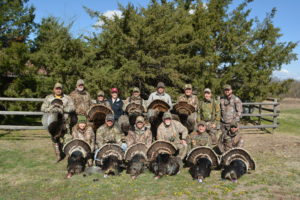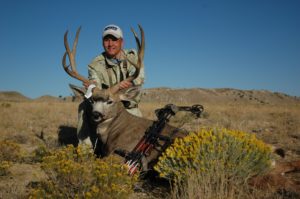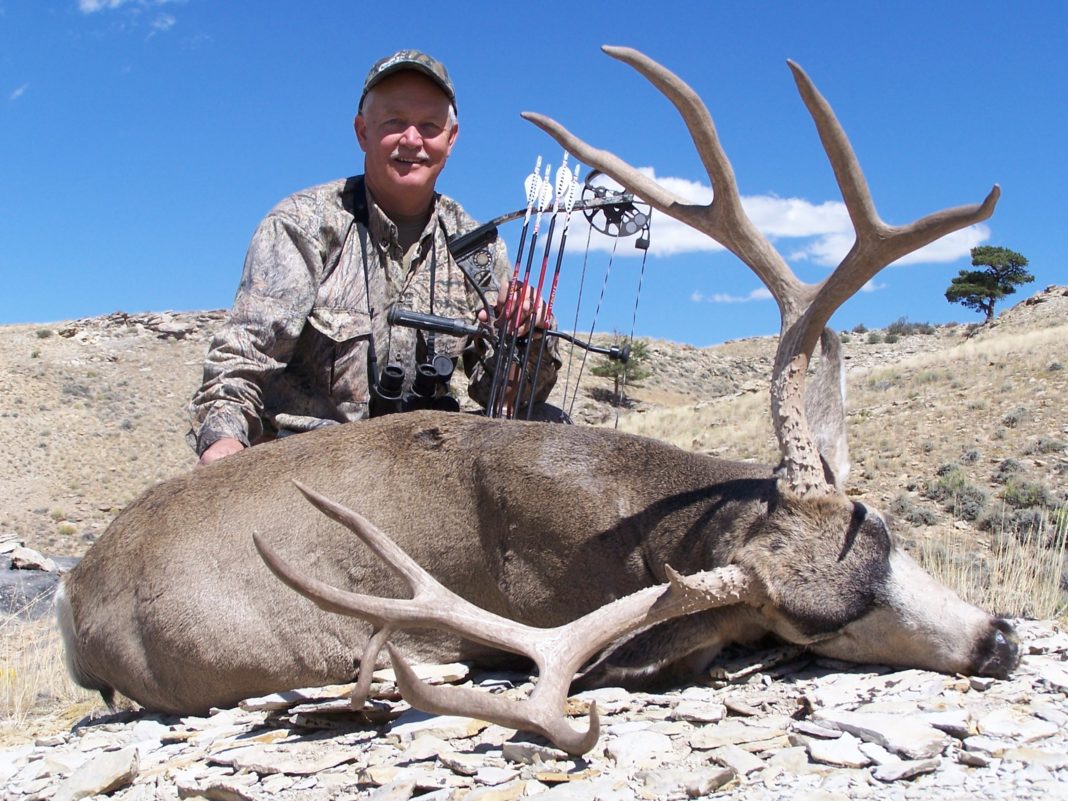The minute I saw this “Home on the Range” post form Sporting Classics Daily, I was compelled to share it. At first, the seemingly endless horizons and broad carpets of prairie grass seem empty and devoid of fish or big game, yet little could be farther from the truth. My father-in-law grew up in Gettysburg South Dakota and lived in Pierre, the South Dakota state capitol, and its prime tourist destination, Rapid City. As a result, we’ve visited the Rushmore state for decades and took full measures of its bounty.
Gobblers Galore

Avid turkey hunters love the prospects of taking Merriam’s and Rio Grande turkeys on the same hunt and these birds thrive in the wide open spaces of the prairie where their keen eyesight keeps them safe from roaming coyotes and they can feed on an abundance of young plants and insects in the prairie grass. Many prairie states offer multiple tags and some contain Indian reservations which allow additional tags and hunting opportunities. Locate a creek bottom with large cottonwood trees and you have the perfect turkey roosting area. Once found, hunt birds as they leave and return to the roost, but not at the specific trees. In this way, the birds will return each day and you are guaranteed action.
Stock Ponds are a Bonus
Most ranchers use stock ponds to water their livestock and if you have these mini-lakes, why not stock them with fish? Due to the remote nature of these cattle “tanks,” many are rarely fished and the action can be incredible and actually beneficial to the population. if largemouth bass numbers are not controlled, they remain small and growth stunted.

Muley and Whitetails
Just as turkey hunters enjoy the ability to harvest two species of turkeys, an “any deer” tag is the prize of the prairie and allows a hunter to take a deer of either species. Normally, whitetails stick near creek and river bottoms with dense cover, while mule deer seek out wide open spaces to survive. Some areas contain both, a situation that will make any deer hunter lose sleep. If you’ve never considered hunting the prairie states, check out this post by Brent Frazee and you may want to make plans:
When most people envision wilderness, they think of towering mountain ranges, endless timber, and secluded cold-water streams. Not Brian Keith. His idea of wilderness, though it is not officially designated as such, is the Kansas Flint Hills, one of the last bastions of the tallgrass prairie.
Less than five percent of the prairie that once existed in the United States remains, and a big chunk of that can be found in Keith’s backyard.
–









![The Best Deer Camp Chili [VIDEO] Deer Chili Ingredients, Tomatoes, Chili Spices](/wp-content/uploads/2015/10/Deer-Chili-Deer-Camp-Recipe-218x150.jpg)








![How to Call Elk Early in the Season [VIDEO]](/wp-content/uploads/2016/08/byers003-218x150.jpg)




![Idiots Disturb Hunter: How Would You Have Handled It? [VIDEO]](/wp-content/uploads/2015/10/DSC00110-e1474487693878-100x70.jpg)
![Albino Buck Shocked to Shed His Antlers [VIDEO]](/wp-content/uploads/2015/10/AlbinoDeer-100x70.jpg)